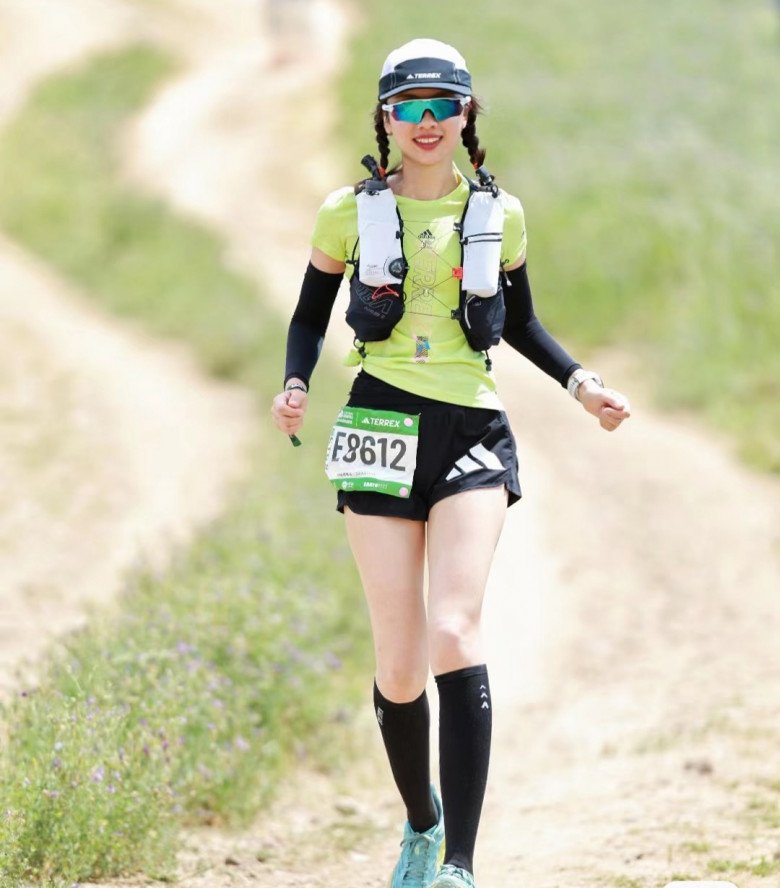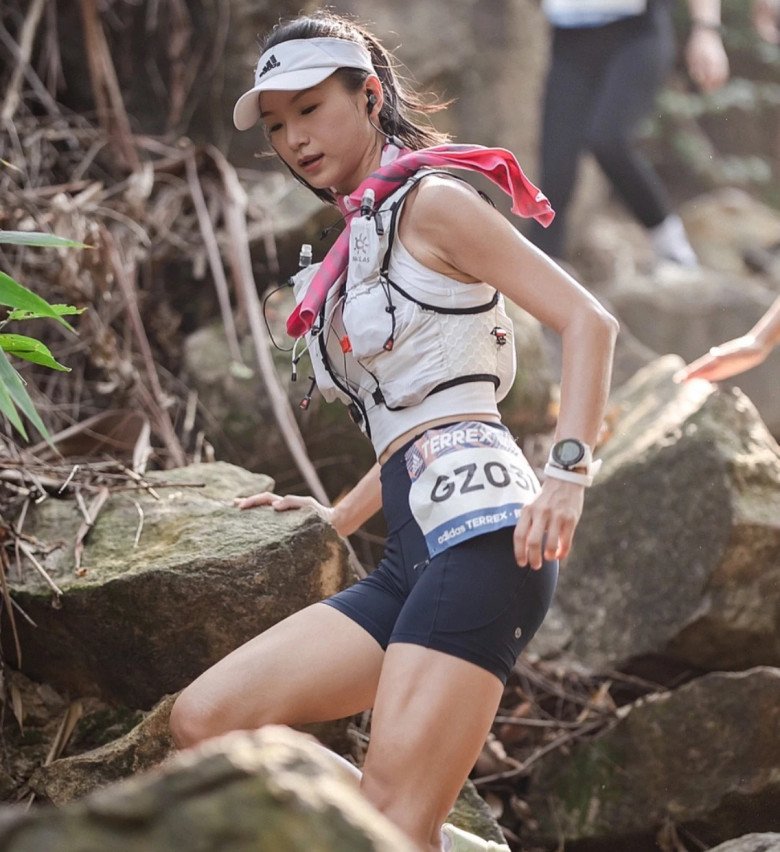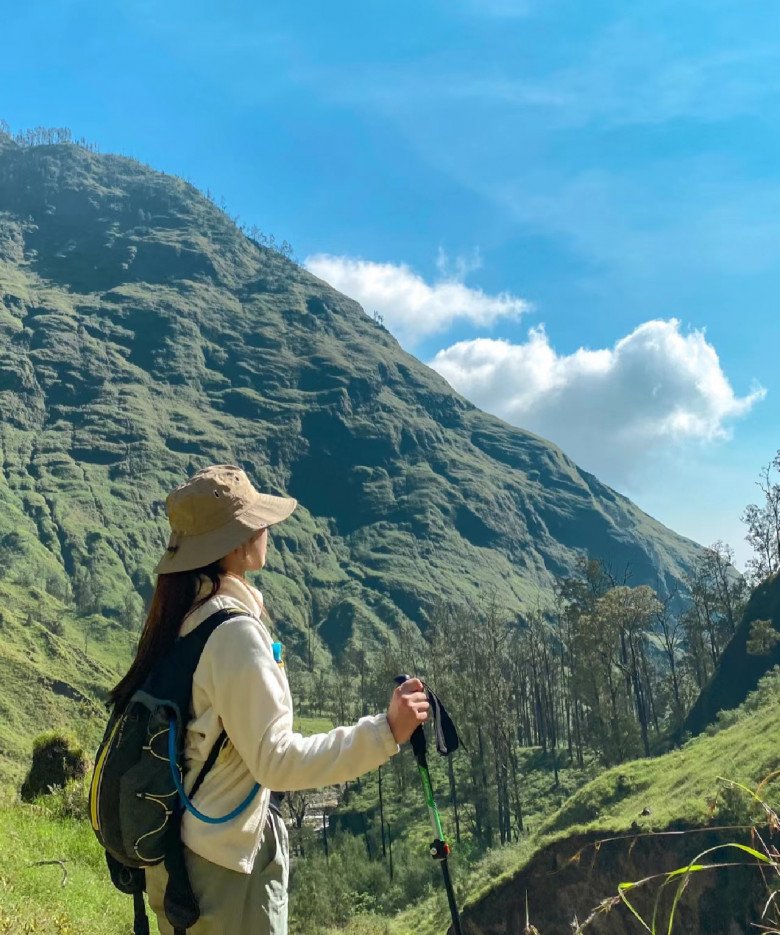Over time, the sport of running has evolved to include various forms such as trail running, hiking, and trekking, which have become global fitness trends. Depending on their interests, physical abilities, and lifestyles, individuals can choose the most suitable discipline for themselves. Let’s take a look at some comparisons below to find out which form of running is the perfect match for you!
1. Running

Running is an intense and rapid form of physical activity that involves continuous movement of the legs and arms. It encompasses various styles such as relaxed running, slow running, and others, but the common trait is maintaining a steady pace throughout the session.
Running offers numerous health and fitness benefits by engaging multiple body parts such as arms, legs, glutes, and core muscles:
– Improved lung function and respiratory system
– Weight loss support
– Cancer and hypertension prevention
– Enhanced immune system
– Stronger bones and joints
– Better sleep quality
– Cardiovascular and circulatory system health
– Improved mental well-being
Things to Keep in Mind When Running

Running demands continuous high-intensity leg and arm movements, resulting in a higher calorie burn compared to casual walking. It is estimated that a person running for 30 minutes daily can burn between 200 and 500 calories, depending on the type of exercise and duration. Thus, it is an effective method for those aiming to shed pounds quickly.
However, running also has a high injury rate, so keep the following in mind:
– Proper warm-up: Perform basic stretching exercises for 5-10 minutes to effectively warm up the body and reduce the risk of injuries during the workout.
– Create a balanced training schedule: Strike a balance between training and recovery time, avoiding overly dense schedules or lengthy breaks between sessions.
– Choose suitable shoes: Wearing ill-fitting, old, or inappropriate shoes can lead to injuries. Ensure your footwear is specifically designed for running.
– Training intensity: When starting, maintain a steady and moderate pace to allow your body to adjust gradually, avoiding overexertion.
2. Trail Running

Trail running is a form of running performed on natural terrain, including trails, forest paths, hills, and near rivers or streams. The length and difficulty of trail runs vary depending on the terrain, which can include mud, rocks, forests, or creeks. Trail routes can range from a few kilometers to several dozen kilometers. During your run, you’ll encounter various obstacles that require patience, good health, and proper protective gear.
While trail running presents challenging routes, it also offers a unique opportunity to immerse yourself in nature and enjoy the fresh air, which is hard to come by when running in cities or gyms. Additionally, trail running provides excellent health benefits, such as building perseverance, increasing endurance, reducing stress, and enhancing focus.
Things to Keep in Mind When Trail Running

Trail running is a demanding sport that requires high endurance and physical fitness, so injuries are common during training. However, it is also an exciting and highly effective calorie-burning activity, perfect for adventurous souls who love exploring new places, embracing nature, and overcoming obstacles. Here are some essential considerations for a safe and enjoyable trail-running experience:
– Proper gear: One of the most critical factors for your safety. Avoid using household items, and instead, invest in specialized trail-running gear such as shoes, socks, clothing, backpacks, poles, smart devices, and protective equipment to ensure optimal protection.
– Find an experienced partner: If you’re a beginner, consider running with a group or an experienced partner to ensure your safety.
– Run slower and shorten your stride: Reduce your pace by 20% compared to road running to better control your speed on uneven rocky terrain. Shortening your stride helps distribute weight evenly across both feet, improving balance and responsiveness.
– Always scan the trail 5-10 meters ahead
– Maintain a safe distance from other runners to prevent collisions in case of falls.
– Keep your head up and avoid sudden braking when descending slopes.
3. Trekking

While trail running involves running on rough terrain, trekking is a long-distance activity that also covers challenging and complex terrain but at a walking pace. Trekking routes often veer off the beaten path, allowing adventurers to explore untouched nature, combine wilderness camping with sports tourism, and engage in adventurous activities. Trekkers typically choose regions with treacherous terrain, hills, national parks, or pristine forests rarely visited by others, presenting various challenges regarding terrain, temperature, weather, and physical endurance.
Therefore, trekkers must possess knowledge of wilderness navigation, survival skills, excellent endurance, courage, and tenacity. In return, they are rewarded with invaluable experiences, including a deeper connection with nature, breathing fresh air, witnessing breathtaking scenery, and acquiring useful skills for navigating the great outdoors.
Things to Keep in Mind When Trekking

– In addition to personal items, bring survival gear such as maps, GPS devices, first aid kits, camping gear for overnight stays, flashlights, rain gear, etc.
– Stay with the group, especially in dangerous areas with rivers or streams.
– Research the weather and terrain of your intended destination beforehand.
– Learn basic first aid and how to use maps and compasses before your trip.
– Understand your physical limits and choose a route that matches your abilities.
– When resting, keep your backpack on to use as a backrest.
– Avoid drinking excessive water, as it can overwork your sweat glands and lead to dehydration.
– When walking in the forest, step firmly to prevent slipping.
– Bring energy bars for a quick energy boost.
4. Hiking

Hiking involves short-term, long-distance walking on relatively flat terrain. It is less challenging and demanding than trekking and usually involves exploring nature in mountains, landmarks, scenic spots, national parks, or other attractive locations. Hikers often stick to well-trodden paths, minimizing the risk of danger and uncertainty associated with trekking.
According to researchers, hiking provides numerous health benefits, including weight loss, improved physical health, and enhanced mental well-being. Additionally, it offers an opportunity to connect with nature intimately.
Things to Keep in Mind When Hiking
Since hiking is a more relaxed and shorter activity than trekking, it doesn’t require as much specialized survival or self-defense gear. However, choose comfortable and lightweight gear suitable for the activity.
– Create a detailed itinerary for your group, including the location, timing, and number of participants.
– Learn from the experiences of others who have hiked in your intended location to better understand the terrain and handle any situation.
– Avoid extreme hunger or thirst, as it can lead to energy depletion.
– Stay with the group.
– Use hiking poles throughout your journey.
The Ultimate Gear Guide for Mountain Climbing and Trekking
Mountaineering and trekking are exhilarating outdoor pursuits that require careful preparation to ensure a safe and enjoyable adventure. With the right planning and equipment, these activities offer a unique and thrilling experience, allowing adventurers to explore breathtaking landscapes and challenge themselves in the great outdoors.
Is Running Better Than Walking? Should You Walk or Run?
Running and walking are two of the most popular forms of exercise, but which is better? This age-old question has been debated by fitness enthusiasts and medical professionals alike. It’s time to explore and uncover the unique benefits of these two activities and discover which one deserves a place in your fitness routine.
The Ultimate Guide to Choosing the Right Flashlight for Your Needs
Embarking on a night trek, cycling in the dark, scuba diving, fishing, hunting, rescue operations, and exploration – these activities heavily rely on the power of flashlights. Depending on your specific needs, you can choose from a variety of flashlights that offer different brightness levels, beam angles, and battery life to illuminate your path and enhance your experience.






































